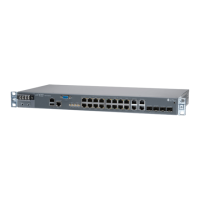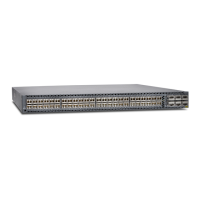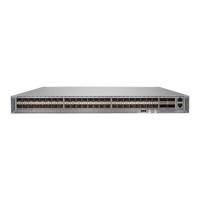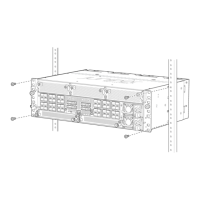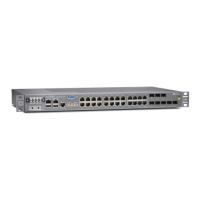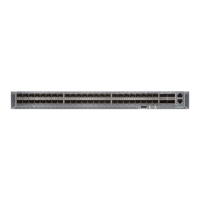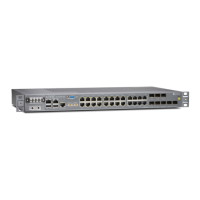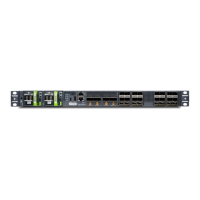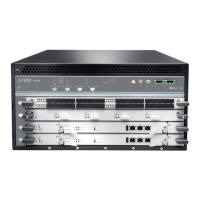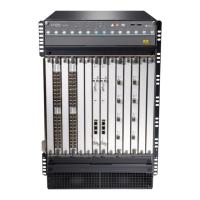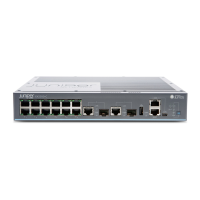CHAPTER 11
Network Cable and Transceiver Planning
•
Determining Transceiver Support and Specifications on page 65
•
Calculating Power Budget and Power Margin for Fiber-Optic Cables on page 66
•
Understanding Fiber-Optic Cable Signal Loss, Attenuation, and Dispersion on page 68
Determining Transceiver Support and Specifications
You can find information about the pluggable transceivers supported on your Juniper
Networks device by using the Hardware Compatibility Tool. In addition to transceiver
and connector type, the optical and cable characteristics—where applicable—are
documented for each transceiver. The Hardware Compatibility Tool allows you to search
by product, displaying all the transceivers supported on that device, or category, displaying
all the transceivers by interface speed or type. The Hardware Compatibility Tool is located
at https://pathfinder.juniper.net/hct/.
Some transceivers support additional monitoring using the operational mode CLI
command show interfaces diagnostics optics. Use the Hardware Compatibility Tool to
determine if your transceiver supports monitoring. See the Junos OS documentation for
your device for a description of the monitoring fields.
CAUTION: If you face a problem running a Juniper Networks device that uses
a third-party optic or cable, the Juniper NetworksTechnical Assistance Center
(JTAC) can help you diagnose the source of the problem. Your JTAC engineer
might recommend thatyou check the third-party optic or cableand potentially
replace it with an equivalent Juniper Networks optic or cable that is qualified
for the device.
Related
Documentation
show interfaces diagnostics optics (Gigabit Ethernet, 10-Gigabit Ethernet, 40-Gigabit
Ethernet, 100-Gigabit Ethernet, and Virtual Chassis Port)
•
• show interfaces diagnostics optics (SONET)
• show interfaces diagnostics optics
• show interfaces diagnostics optics
• show interfaces diagnostics optics
65Copyright © 2017, Juniper Networks, Inc.
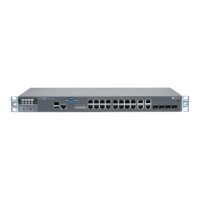
